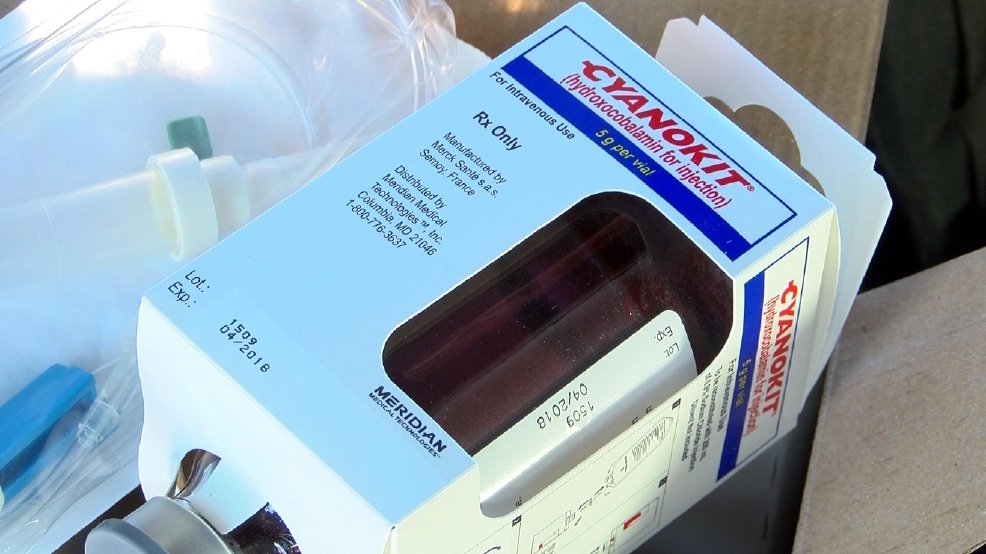

Treatment of cyanide poisoning includes high-flow oxygen, inhaled amyl nitrite and a combination of intravenous sodium nitrite and sodium thiosulfate. In studies of sepsis patients, however, an EtCO2 of 25 mmHg or less was strongly associated with a lactate level of 4 mmol/L, and lactic acidosis is common in severe cyanide poisoning. Also, approximately 15% of the population cannot detect the smell of bitter almonds.Įnd-tidal CO2 may be low in cyanide poisoning due to the lack of cellular respiration, but there is little data on the subject. Traditionally, cyanide inhalation has been associated with the characteristic “bitter almond” smell, but keep in mind that a victim in a structure will likely be covered in multiple products of combustion, masking the smell of cyanide.

The resultant histotoxic hypoxia causes lactic acidosis and greatly inhibits production of adenosine triphosphate (ATP), the fuel for our body’s metabolic processes.Įarly signs and symptoms of cyanide poisoning include: When inhaled, cyanide binds to hemoglobin and circumvents the process of cellular respiration it does not allow off-loading of oxygen at the cellular level.Ĭyanide inhibits oxidative phosphorylation, the metabolic pathway essential for aerobic metabolism. Hydrogen cyanide and its analogues, such as cyanogen chloride, are colorless gases that result from the incomplete combustion of plastic-containing products – particularly polyvinyl chloride (PVC), vinyl or polyurethane – common in many households. 9, 2022, in the Bronx borough of New York.
#CYANIDE ANTIDOTE KIT BURN MANUAL#
Care for electrical and thermal burns could spawn a series of articles in themselves, but in this article, we’ll confine ourselves to assessing and treating three types of toxic inhalations:Įmergency personnel use a manual resuscitator on a fire victim during a high rise fire on East 181 Street, Sunday, Jan. It doesn’t matter the source all EMS providers, whether they are part of a fire department or not, need to be prepared to assess and treat patients poisoned with the byproducts of combustion.

The suspected culprit in the Bronx fire was a malfunctioning electric space heater, but it could have just as easily been a dry Christmas tree, carbon monoxide poisoning from a faulty propane heater, running a gas range for heat, a curling iron left on in the bathroom, or someone forgetting to blow out a scented candle before they went to bed. Most of the victims died of smoke inhalation, which is the leading cause of death in structure fires. Hand-in-hand with the cold and flu season and miserable weather comes a particularly nasty hazard we’ll also frequently encounter: structure fires.Ī fire in a high-rise apartment building in the Bronx on January 9 killed 17 people, including eight children. Whether we’ll be faced with a yet another variant or hybrid (flurona, anyone?) remains to be seen. It’s the winter season, and you know what that means: not only are we moving into our third year of the COVID-19 pandemic, it’s the cold and flu season as well.


 0 kommentar(er)
0 kommentar(er)
